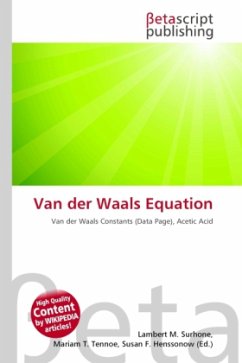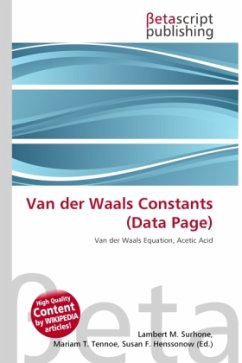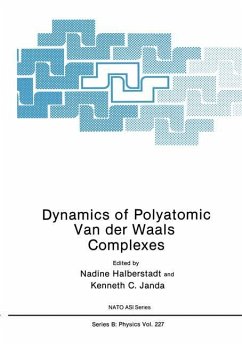High Quality Content by WIKIPEDIA articles! The van der Waals equation is an equation of state for a fluid composed of particles that have a non-zero size and a pairwise attractive inter-particle force (such as the van der Waals force.) It was derived by Johannes Diderik van der Waals in 1873, based on a modification of the ideal gas law, who received the Nobel prize in 1910 for "his work on the equation of state for gases and liquids". The equation approximates the behavior of real fluids, taking into account the nonzero size of molecules and the attraction between them. A careful distinction must be drawn between the volume available to a particle and the volume of a particle. In particular, in the first equation scriptstyle ,v refers to the empty space available per particle. That is, scriptstyle ,v is the volume V of the container divided by the total number nNA of particles. The parameter b', on the other hand, is proportional to the proper volume of a single particle the volume bounded by the atomic radius. This is the volume to be subtracted from scriptstyle ,v because of the space taken up by one particle.
Bitte wählen Sie Ihr Anliegen aus.
Rechnungen
Retourenschein anfordern
Bestellstatus
Storno








